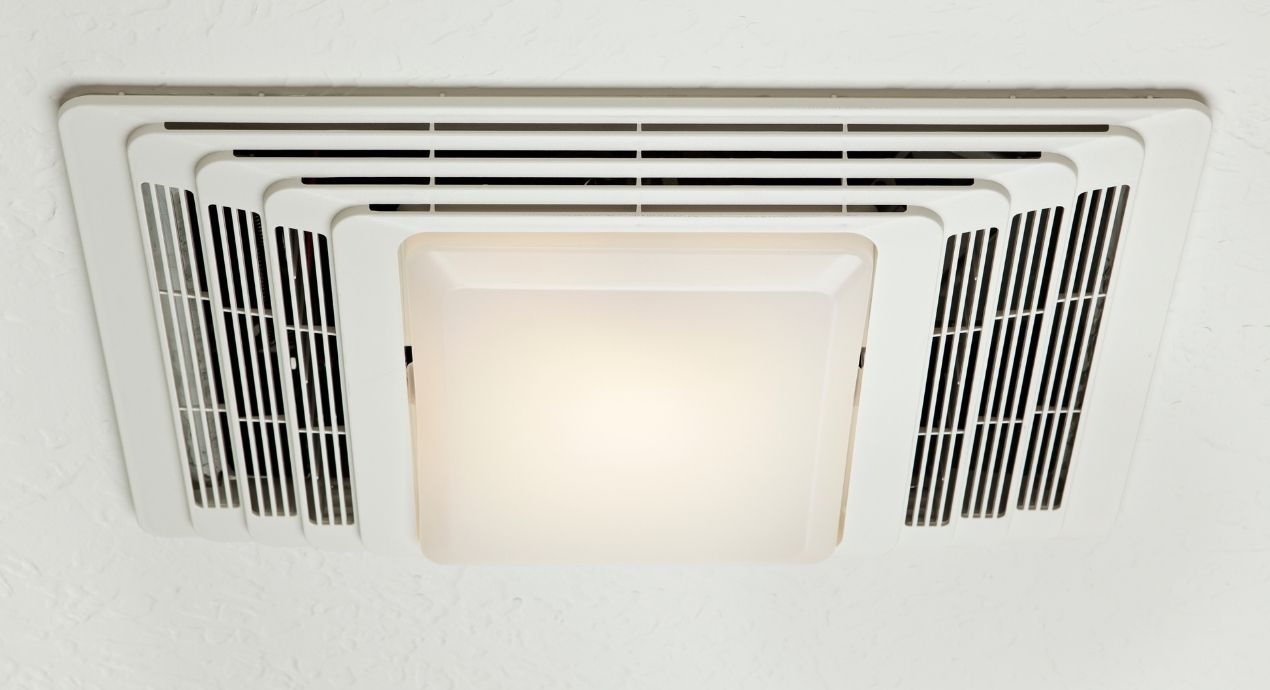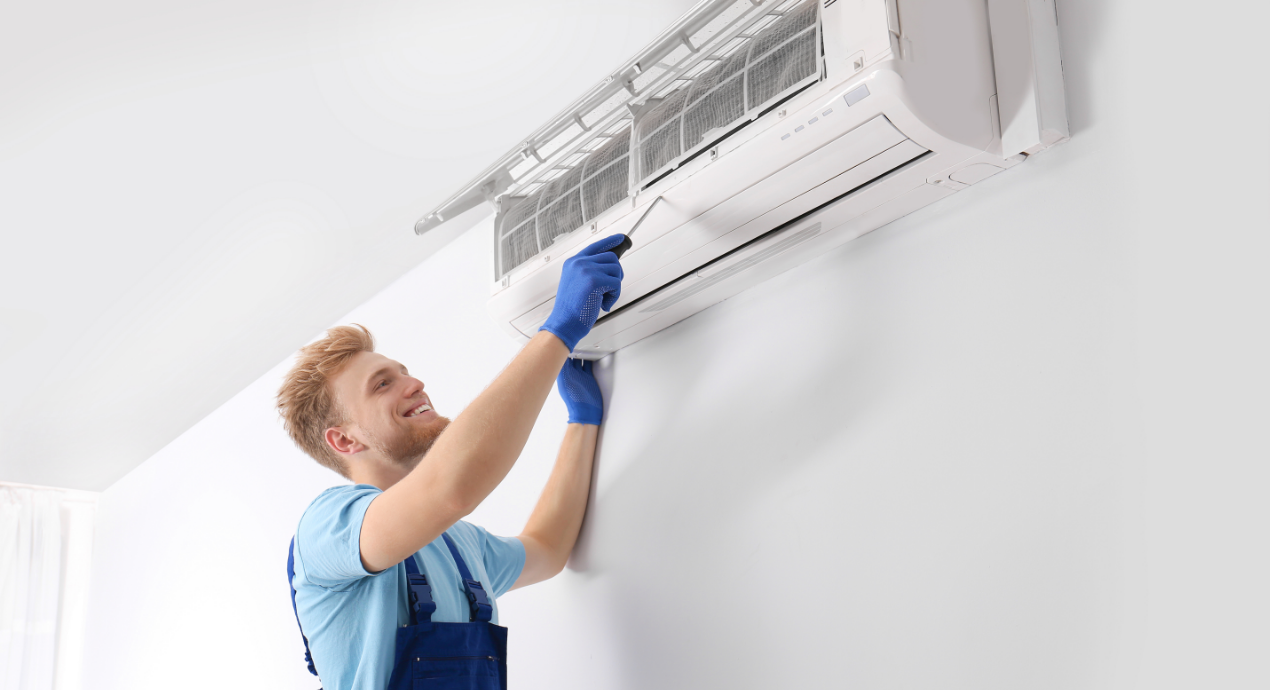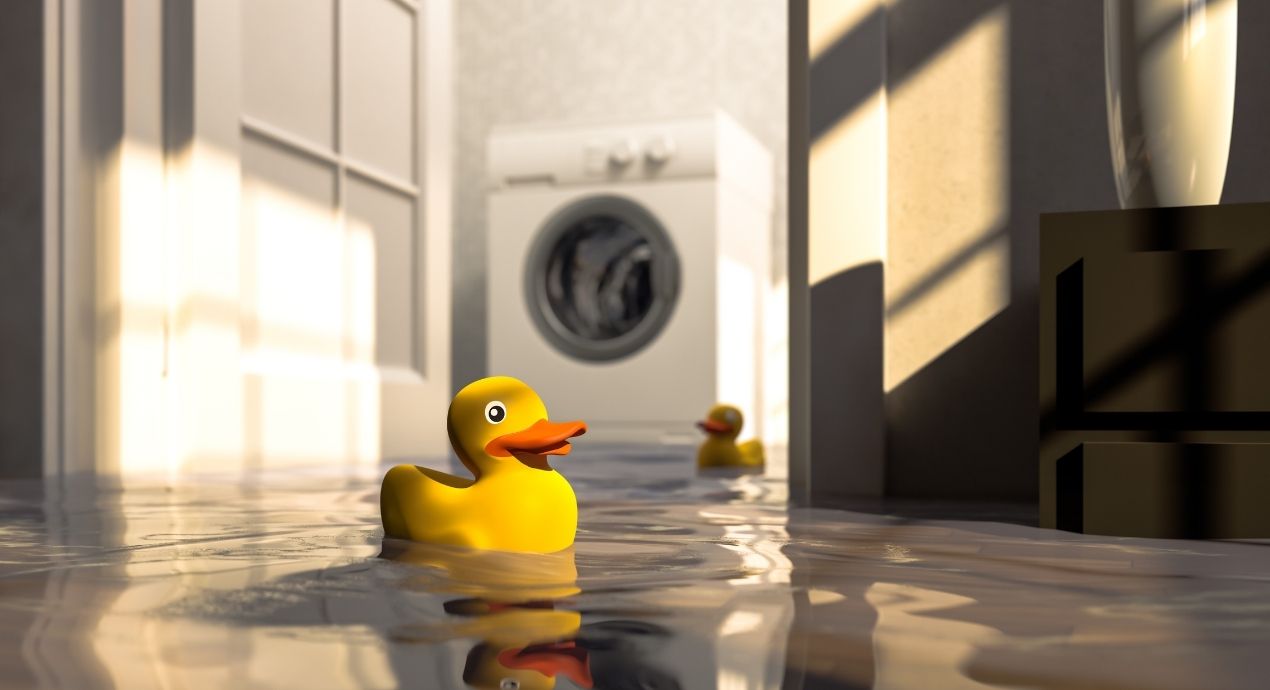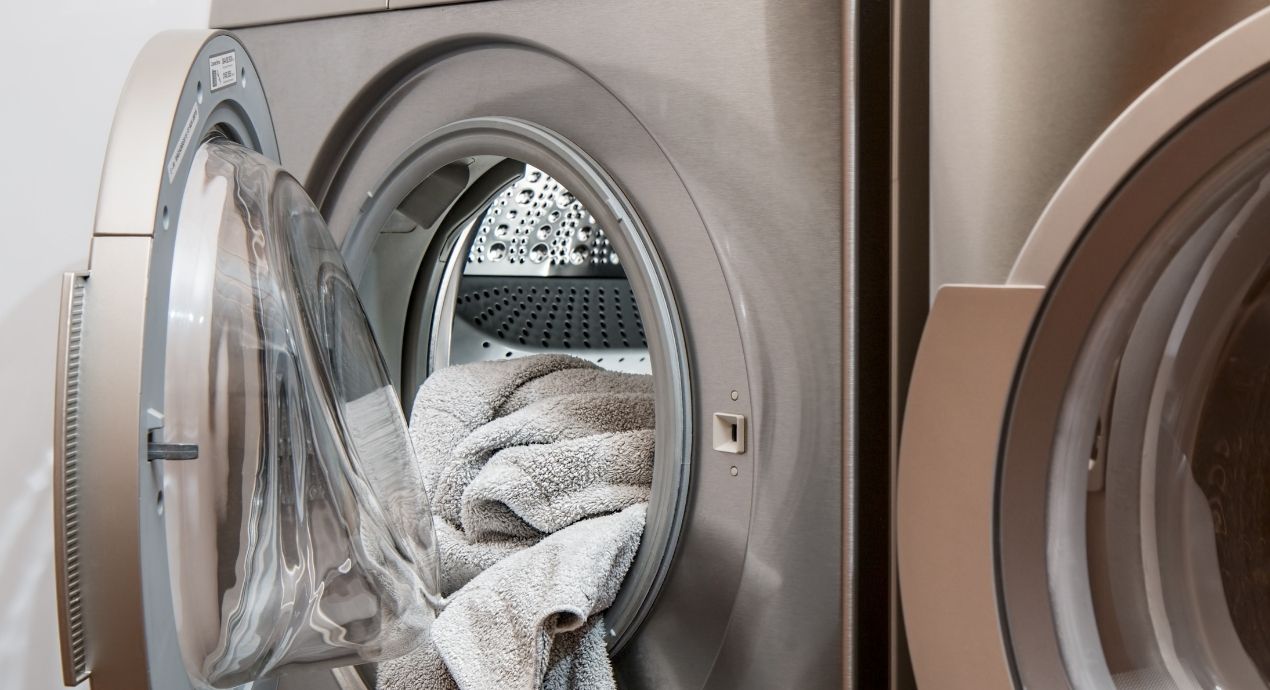
Contemplating coverage?
Subscribe to receive our emails & get
$200 off!
Have questions?
Call us: (833) 544-8273


Written By Ryan Merchant
If only household maintenance was limited to sweeping and dusting. Unfortunately, responsible homeownership entails cleaning and maintaining a host of appliances and systems—even those that we scarcely think about from day to day.
Take your home exhaust fans. Most of us mindlessly switch on our bathroom exhaust fan before starting a shower, and we turn on our kitchen fans while cooking before turning our attention back to the food on the stove. A properly functioning bathroom exhaust fan can significantly reduce indoor humidity levels. For instance, a 5-minute shower can release up to half a pint of water vapor, which an efficient exhaust fan can remove to prevent mold and mildew. If you rarely think about cleaning those fans, you are certainly not alone.
Exhaust fan cleaning is nevertheless important, though. We’ll examine why in this article, and we’ll explain how you can go about it.
Broadly, an exhaust fan serves a simple but important purpose for modern homes: It moves air from the interior of the home to the exterior.
Bathroom exhaust fans can mitigate odors, but their more important function is to help dissipate the warm, humid air produced during a hot shower. Without adequate ventilation, steamy air can lead to significant mold and mildew problems. For this reason, many municipal building codes require exhaust fans in home bathrooms.
Kitchen exhaust fans are set above the stove or range. Some are integrated into a microwave oven suspended above the range. Like bathroom exhaust fans, kitchen fans whisk away steam (in this case produced from boiling water or cooking food),but kitchen fans also remove aerosolized oils, smoke, and smells that you don’t want lingering in your home. Ultimately, kitchen exhaust fans improve air quality, help control humidity levels, and prevent the buildup of grease, grime, and soot on your walls, ceiling, and appliances.
Exhaust fans—and their covers—become quite dirty after months of removing steamy or greasy air. Bathroom fans become caked in dust, and they can be one of the first places where mold or mildew appears in your bathroom.
Kitchen fans likewise collect dust, but with everyday cooking, they are also easily coated in soot and grease. This is not merely unsightly or gross. An excessively dirty kitchen exhaust fan can be the source of foul or stale odors. It can harbor bacteria or mold, and it can be a significant fire hazard.
There’s no need to worry about your cleaning your exhaust fans every week. Your bathroom exhaust fan can do with a cleaning once or twice per year. The frequency of cleaning is dependent on the natural ventilation of your home, how often your fan is in use, and the amount of dust or particulate matter in your home.
Your kitchen exhaust fan may require more frequent cleaning. If you cook multiple times per day—and especially if you often fry foods and regularly cook meat on your stovetop—you may want to clean your exhaust fan every two or three months.
There’s no need to worry about special products or equipment. Cleaning bathroom exhaust fan covers—and the fans themselves, for that matter—usually requires no more than a vacuum and clean cloth. Let’s break it down step by step.
1. Cut the power. Even though the risk of injury is low, it’s best to play it safe. Shut down the power to your exhaust fan at the circuit breaker.
2. Remove the grate or fan cover. Standing on a sturdy stepladder, remove the cover from the fan. Most covers clip on and don’t require special tools to remove, but some might call for a screwdriver.
3. Clean the cover. Use your vacuum’s brush attachment to remove all accumulated dust from the fan cover. Wipe afterwards with a damp, clean cloth. If you notice spots of mildew, put on a pair of rubber gloves, then use a cloth dipped in diluted bleach or vinegar to wipe the mildew away.
4. Clean the fan assembly. Use the same vacuum attachment to remove dust from the fan itself. You can also use a can of compressed air to eliminate dust in hard-to-reach spaces. Wipe away any excess dust with a cloth.
5. Replace the cover and restore power. That’s all there is to it. Snap the cover back into place, restore power at the circuit breaker, and call it a day.
Kitchen exhaust fan cleaning is a little more involved than cleaning the exhaust fan in your bathroom. Dust isn’t your only adversary. Knowing how to clean kitchen exhaust fan grease is a key part of the job. A newer fan may have just a thin film of grease, especially if you fry foods on your stovetop infrequently. But an old kitchen exhaust fan that hasn’t been cleaned in some time—if ever—is likely to have a thick accumulation of grease, grime, and dust. Here’s how to handle it.
1. Shut off the power. Again, stay on the safe side. Cut the power at the circuit breaker before attempting to clean the exhaust fan.
2. Remove the grease filter. Kitchen exhaust fans come in all shapes in sizes, but virtually all of them have some kind of grease filter to prevent too much aerosolized oil from traveling into the duct. If possible, refer to your model’s user’s manual for a precise explanation of how to remove the filter. Fortunately, this the extent of appliance dismantling that is usually required. Going all out and taking off your kitchen exhaust fan for cleaning is unnecessary.
3. Clean or throw away the filter. Some exhaust fans use disposable filters. If you have such a model, record the length and width of the filter, and find a replacement at your local hardware store. Dispose of the old grease-clogged filter. If your exhaust fan uses a reusable filter, scrub it clean with hot, soapy water and a coarse brush or sponge. If the grease buildup is especially stubborn, you can boil the filter for a few minutes before washing again. If you’re still having trouble, try soaking the filter in a solution of baking soda and warm water for several minutes.
4. Wipe away grease and grime. While wearing rubber gloves, use a clean cloth to wipe away any grease from the hood assembly and fan blades (if accessible). Dipping the cloth in a solution of baking soda and water can help with light grease buildup. If there’s a substantial amount of grime, apply a mixture of dish soap and warm water to the cloth. If the hood or fan blades are visibly wet after cleaning, use a clean rag to dry them off.
5. Replace the filter and restore power. All done. Reinstall the filter, restore power, and get cooking!
Routine cleaning of your bathroom and kitchen exhaust fans will help you maintain a neat and tidy home, but unforeseen mechanical snafus are always a possibility.
You can insure your exhaust fan motors, switches, controls, and bearings with a home warranty from Liberty Home Guard. Use our website for a free quote or call (866)-448-1427.

10 of the Most Common Air Conditioner Problems in ..

Why is my Washer Leaking? Top 10 Reasons

Top Reasons Why My Dryer Is Not Drying

Top Reasons Microwave Is Not Working
Stay Ahead of Potential
Home Mishaps!
Subscribe to our Liberty Home Guard Newsletter and gain access to exclusive content that ensures your peace of mind.